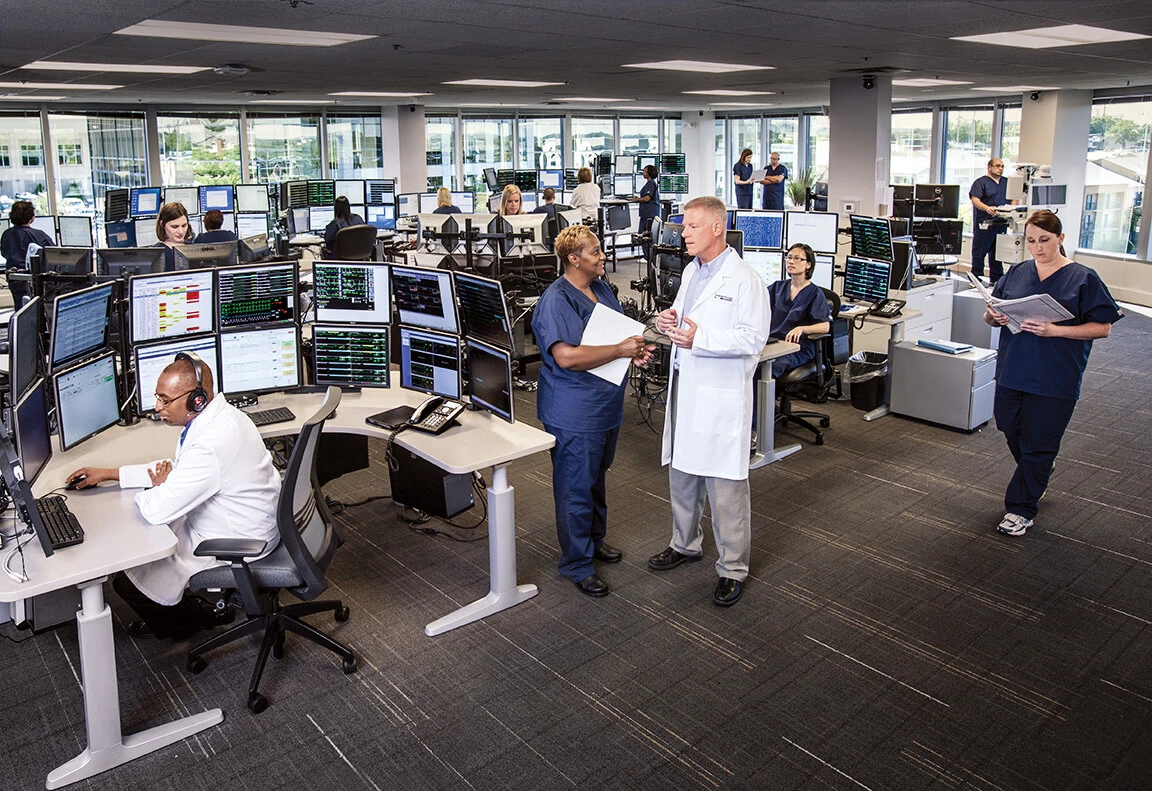Hospitals all over the country are implementing teleICU services for various reasons that have to do with improved patient outcomes, budget cuts, and difficulties with hiring. But for rural hospitals, teleICU services are quickly becoming mandatory. The challenges facing rural hospitals can be addressed through technology, which can ensure these hospitals deliver the same level care as their urban counterparts. Here’s how.

Access to the Best Physicians
As any rural hospital administrator can tell you, hiring doctors for positions in remote hospitals is challenging, to say the least. It’s very difficult to find top-tier physicians who want to work at relatively unknown hospitals when they are heavily recruited by some of the largest, most prestigious hospital systems in the nation. Rural hospitals just don’t have the funds to compete with these facilities. TeleICU allows rural hospitals access to physicians who are experts in their field. They don’t have to settle for doctors who may not have the experience or education necessary for work in the ICU.
While they may not “see” the same ICU physician each time they contact the remote monitoring center, remote ICUs can be sure that the doctor attending to their patients’ needs is fully certified, trained, and experienced in ICU care. Remote ICU services really level the playing field between rural and urban hospitals at least in terms of the quality of care they can offer their patients in the ICU.
Easing Budget Constraints
Many medical facilities are facing budget concerns right now, but the hardest hit are rural hospitals. They don’t have the same type of funding opportunities as hospitals in major cities, which means they also don’t have the same amount of funds to fully staff an ICU at all times of the day and night. Studies have shown that ICU complications are more prevalent during the night hours and on weekends and holidays because of staffing shortages during these times. And most ICU physicians at rural hospitals can dictate their hours, often preferring to work during the day, leaving the ICU low on resources at other times.
Rural hospitals that don’t have the budget to fully staff their ICU 24-7 can still have complete ICU coverage by implementing remote ICU services. ICU patients can be monitored throughout the day and night by an experienced ICU physician who has full access to their electronic medical records and real-time vital signs. If a complication arises, the remote ICU physician can respond quickly to re-stabilize a patient.
Saving Costs
Not only can remote ICU services provide more wiggle room in the budget for ICU staffing issues, but it can also save a rural hospital money in other ways. Outsourcing care to the extent possible, decreases the amount of money required to run an ICU. These savings can then be passed on to patients who will more likely be able to pay their ICU bills and generate revenue for the hospital.
Conclusion
Rural hospitals are already at a disadvantage when it comes to hiring, budget, and increasing costs of care. With teleICU services, though, the gap between rural and urban hospitals shrinks significantly. Rural hospital administrators who embrace the forward-thinking care model of remote ICU services can help keep costs down while improving patient outcomes at the same time.

Carl Clay is a health blog author who has been writing about nutrition, fitness and healthy living for over 10 years. He also loves to run, hike and bike with her wife.












